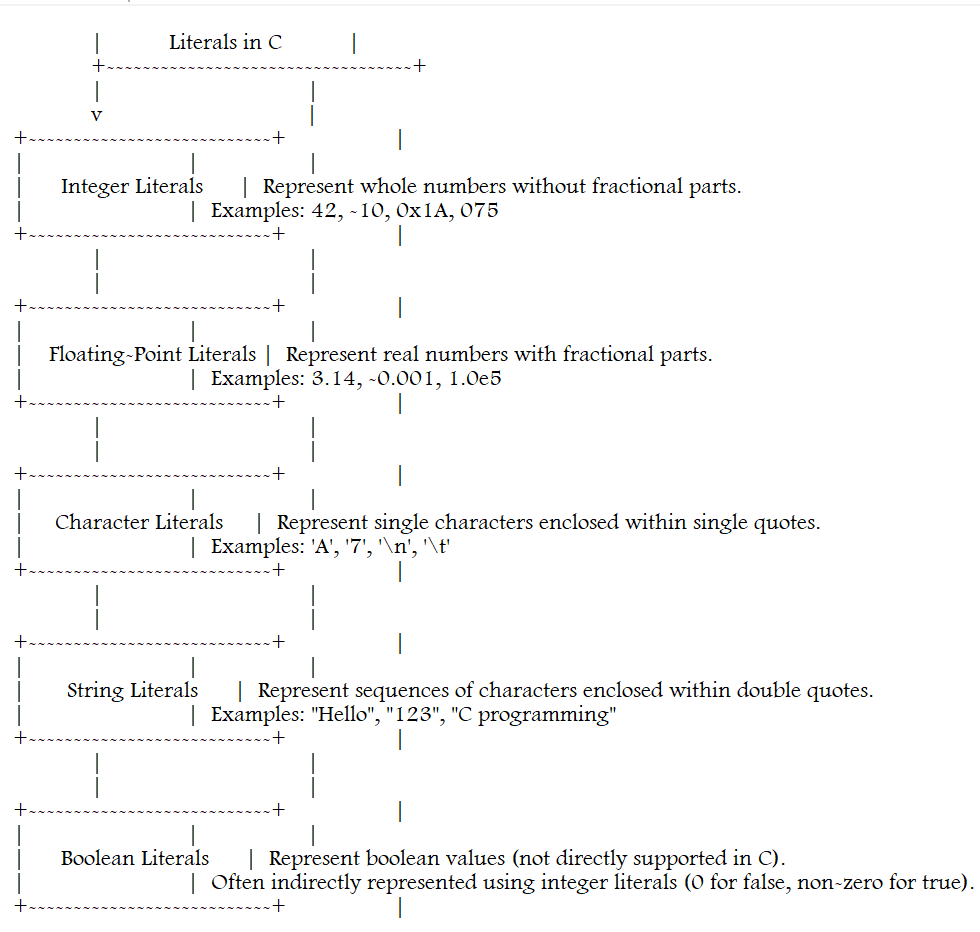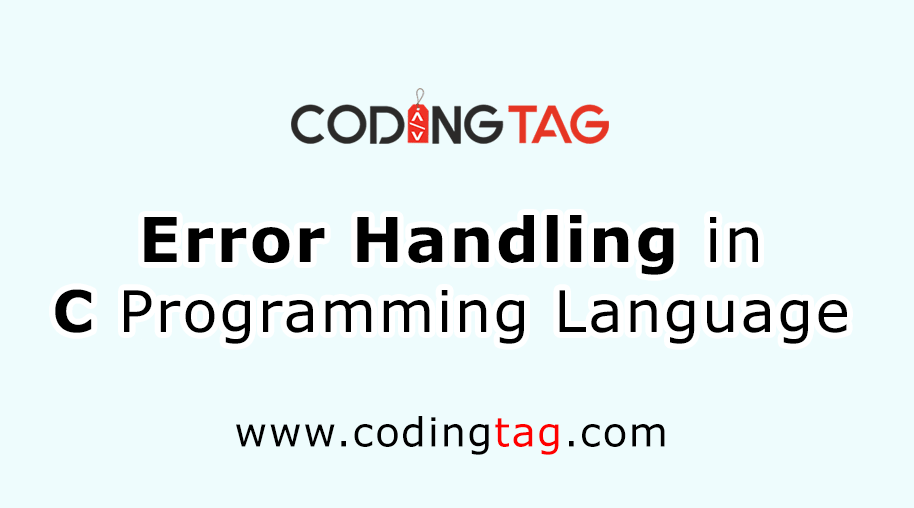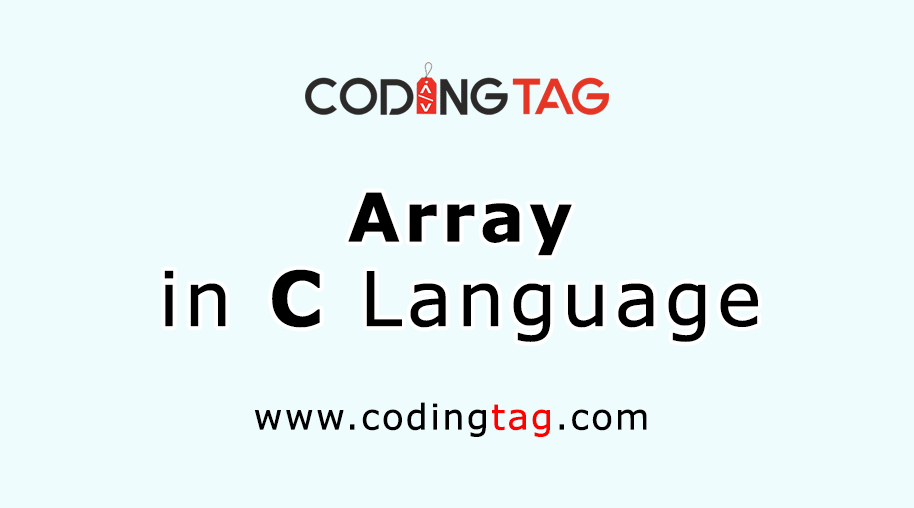Literals in C Language
0 643
In C programming, literals are fixed values that are directly written into the source code.
They represent fixed data values that do not change during Program Execution.
Types of Literals in C
1Integer Literals
2Floating Point Literals
3Character Literals
4String Literals
5Boolean Literals

Integer Literals
These are a Whole number of literals without any fractional part.They can be represented in different number systems.
Decimal Literals (base 10): The default format for integer literal is given as.
int decimal = 10;
Octal Literals (base 8): In C, octal literals, which are base 8 numbers, start with '0' followed by digits from 0 to 7, allowing representation of values using only these digits.
int oct=012;
Hexadecimal Literals (base 16): Hexadecimal is represented by starting with "0x" or "0X" followed by a sequence of hexadecimal digits.
Binary Literals: Binary Literals are Represented starting with 0b or 0B followed by binary digits.
int binary= 0b1010;
For example:
#include<stdio.h>
int main()
{
int decimal =10;
int oct= 012;
int hex=0xA;
int binary =0b1010;
printf("Decimal Literal : %d\n", decimal);
printf("Octal Literal : %d\n", oct);
printf("Hexadecimal Literals : %d\n", hex);
printf("Binary Literals : %d\n", binary);
return 0;
}
Output:
Decimal Literal: 10 Octal Literal: 10 Hexadecimal Literal : 10 Binary Literal: 10
Floating Point Literals
Floating Point Literals in C represent numbers in fractional parts.
Floating-point literals in C allow you to express numbers with decimal points in your code.
For example:
float pi =3.14;
In C, the number '3.14' is a floating-point literal, representing the constant value of pi, which includes decimal.
#include<stdio.h>
int main()
{
float pi=3.14;
printf(" Value of pi : %f", pi);
return 0;
}
Output:
Value of pi: 3.1400
Character Literals
Character Literal in C represents an Individual character.
In simple words, they allow you to specify a single character within your code.
For example:
#include<stdio.h>
int main()
{
char letter = 'R';
printf("Value of letter = %c\n", letter);
return 0;
}
Output:
Value of letter = R
String Literals
String Literals in C are a sequence of Characters enclosed within double quotes.
They represent text or string of characters.
For example:
char *message = "Hello C Programming";
using Pointer:
// Program using Pointer
#include<stdio.h>
int main()
{
char *message ="Hello C Programming";
printf("Message = %s\n", message);
return 0;
}
Output:
Hello C ProgrammingUsing Array:
// Program using Array
#include<stdio.h>
int main()
{
char message[] ="Hello C Programming";
printf("Message = %s\n", message)
return 0;
}
Output:
Hello C Programming
Boolean Literals
Boolean literals in C represent the two truth values: true and false.
In simple terms, they allow you to express whether something is true or false in your code.
Boolean literals in C are represented using integers value, with 0 signifying false, while any non-zero value stands for true.
For example:
#include<stdio.h>
int main()
{
int is_hot = 1;
int is_cold =0;
printf("Is it hot? = %d\n",is_hot);
printf("Is it cold? = %d\n",is_cold);
return 0;
}
Output:
Is it hot? = 1Is it cold? = 0

Share:







Comments
Waiting for your comments